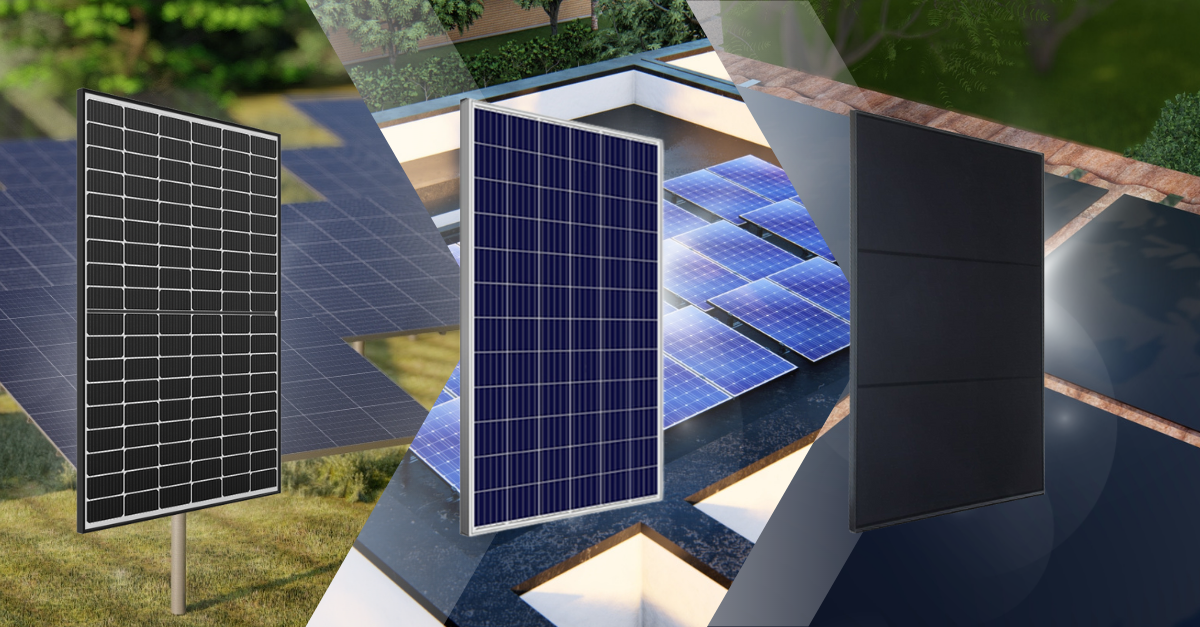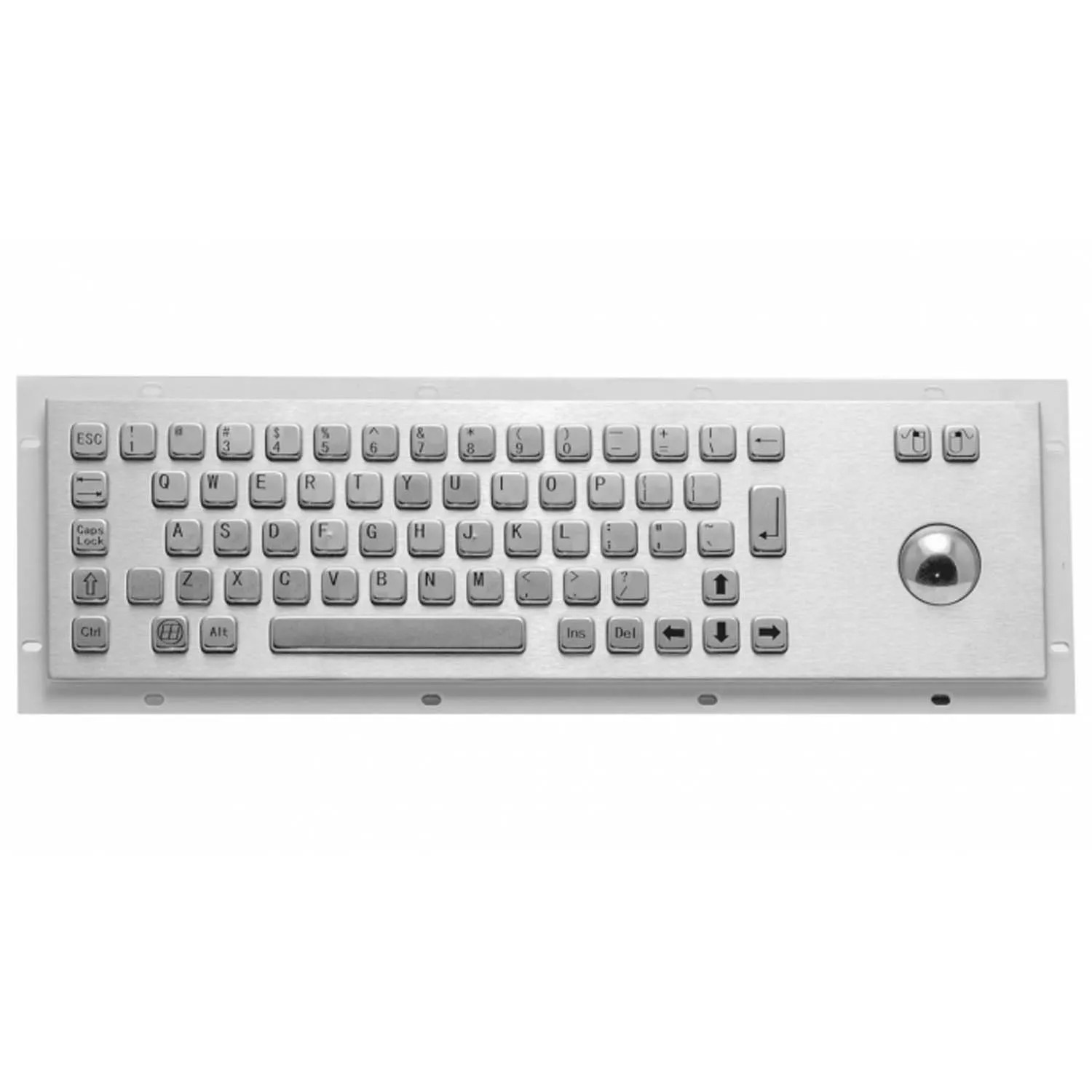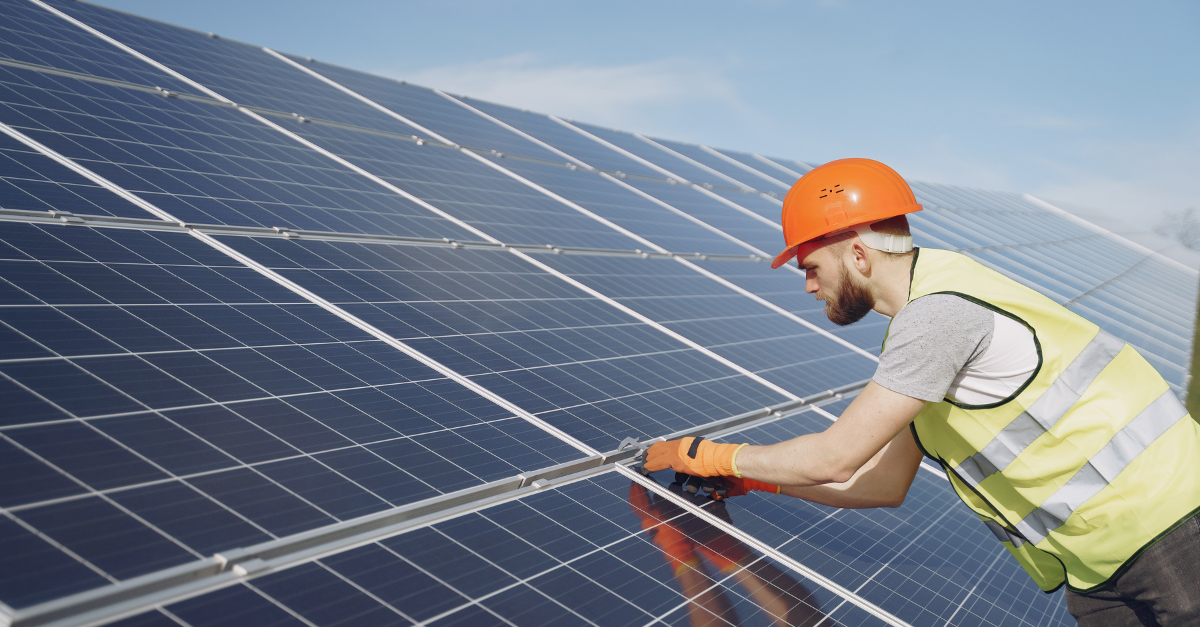
Keetouch GmbH Solar Modules are made from silicon, which comes in two different forms: monocrystalline or polycrystalline.
Monocrystalline cells with an efficiency rating over 18-20% are more efficient than polycrystalline cells, and are more expensive as a result. Apart from the price tag, monocrystalline modules are not the best option for hotter or low light environments.
Polycrystalline cells, having lower heat tolerance, heavier weight and lower efficiency than monocrystalline #SolarModules, are ideal for large open-space systems and large building's roofs.
Additionally, we offer our customers thin-film modules that are flexible, lighter and easier to install. These modules are only suitable for very large systems or open spaces and perform better in hotter or low light environments.
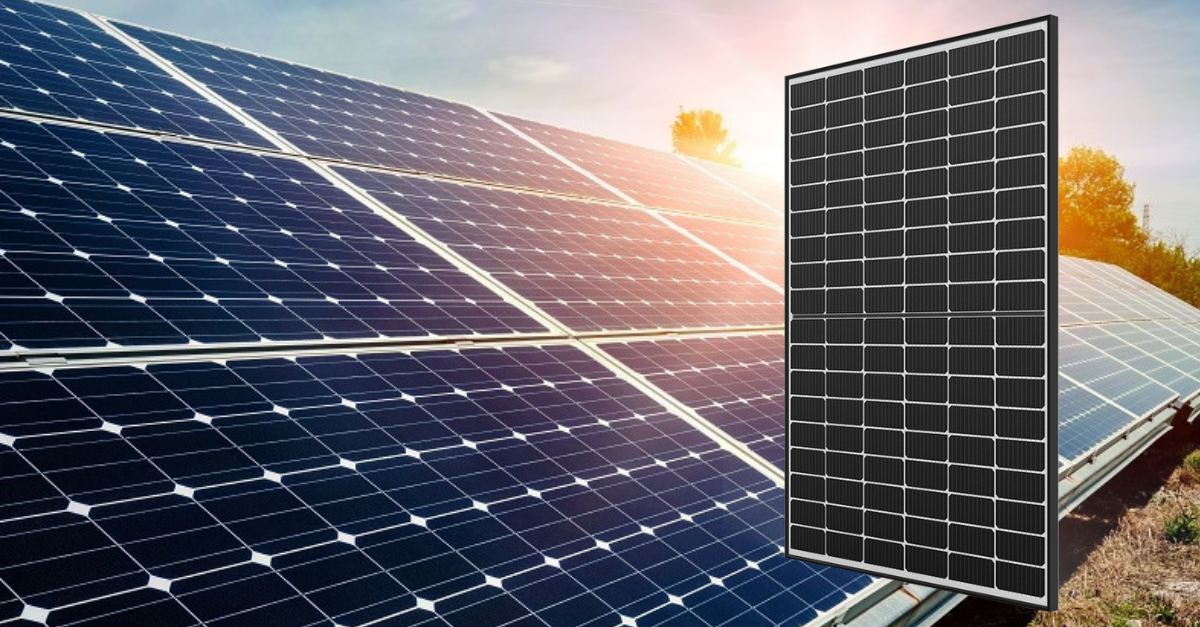
When it comes to performance and efficiency, the monocrystalline modules that has been originally developed for space travel occupy the leading position in the market. Also known as single-crystal panels, these are made from a single pure silicon crystal unlike polycrystalline modules. Monocrystalline modules have an efficiency rating over 18-20% thus a higher output rating can be achieved in a smaller package.
Most monocrystalline modules can generate up to 300w of power capacity. However, since the production process has only a 50% yield for every silicon crystal, the purchase price is also higher. Apart from the price tag, monocrystalline modules are not the best option for hotter or low light environments.
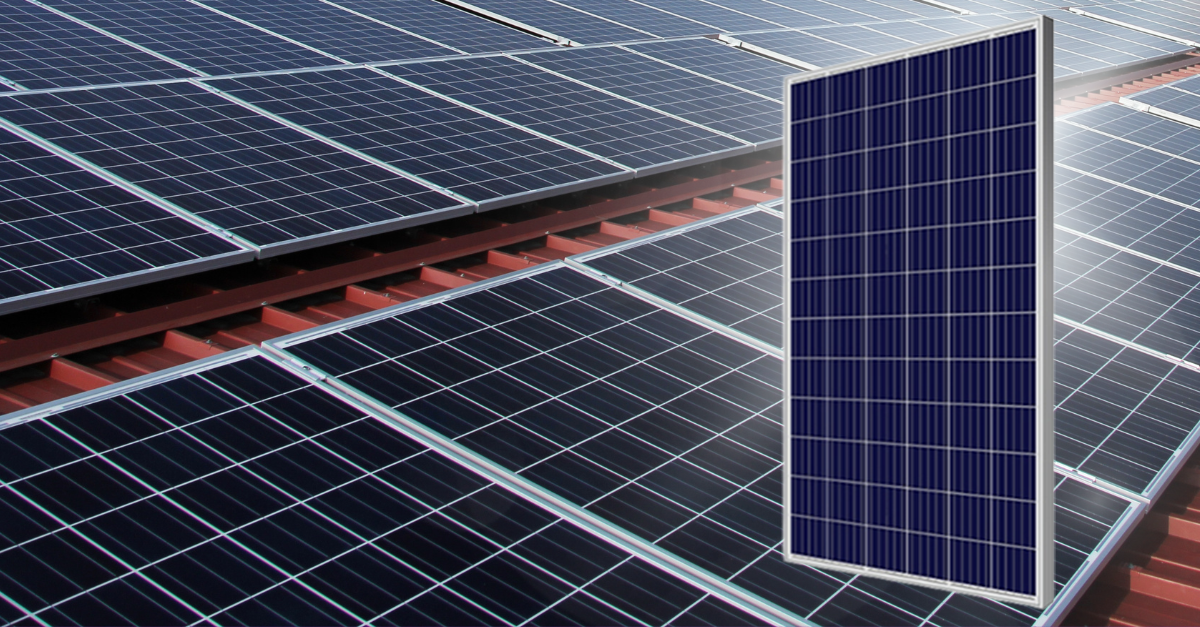
With a market share of around 70 %, polycrystalline modules are the most popular variant mostly due to a more affordable price. As the name implies, these come from different silicon crystals instead of one. This, unfortunately, makes them less efficient (around 15 to 17%) both in terms of energy conversion and space, since their silicon purity and construction are lower.
They also have lower heat tolerance, heavier weight and lower efficiency than monocrystalline modules. Thus, polycrystalline modules are ideal for large open-space systems and large building's roofs.
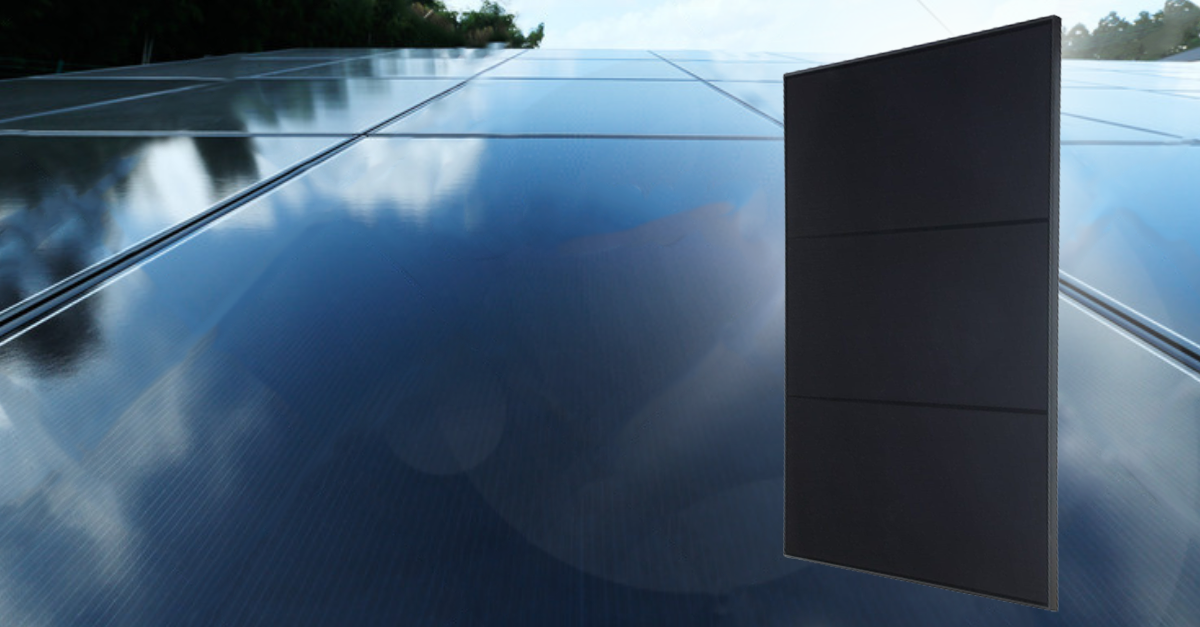
Compared to other modules, thin-film modules have very fine layers that are thin enough to be flexible, making them lighter and easier to install. Unlike crystalline silicon panels that come in standardized sizes, thin-film panels can come in different sizes to suit specific needs.
However, their efficiency of approx. 6-10% is quite low. Thus thin-film modules are only suitable for very large systems or open spaces. Each thin-film solar cell is coated with a special anti-reflective layer. It is very thin and highly transpare nt, but prevents light reflections or radiation losses. Which is why, it performs better in hotter or low light environments.
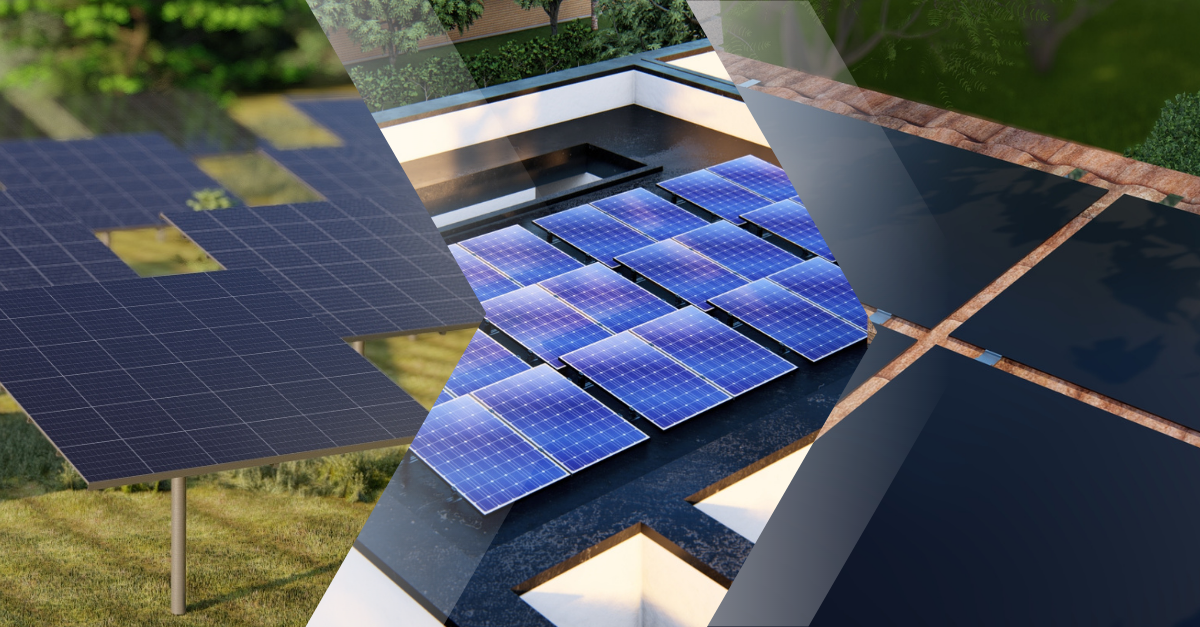
Thin-film Modules are not recommended for personal use because of their low efficiency, meaning you might want to choose a different type of Solar Modules for your home.
Monocrystalline Modules, due to their high efficiency, occupy less space than Polycrystalline Modules while generating the same amount of energy. If you are short of space, the best solution is Monocrystalline Modules even considering their high price. Because Monocrystalline Modules open more opportunities for increasing own consumption and, accordingly, reducing energy costs.
Polycrystalline Modules are the best for large areas. The difference in efficiency levels compared to Monocrystalline Modules is offset by a larger coverage area. Moreover, the acquisition costs of Polycrystalline Modules are much lower.
| MONOCRYSTALLINE | POLYCRYSTALLINE | THIN-FILM | |
|---|---|---|---|
| Efficiency | approx. 18-20% | approx. 15-17% | approx. 6-10% |
| Low light efficiency | Efficiency loss | Efficiency loss | Minor loss |
| Heat tolerance | elevated temperature induced degradation | elevated temperature induced degradation | Minor temperature induced degradation |
| Initial cost | More expensive than polycrystalline and thin film | Middle option in terms of cost, efficiency and power capacity | Depends on the thin-film type but normally cheaper than mono and poly |
| Service life | Very high performance, stable operation, long service life | High performance, stable operation, long service life | Medium performance, slightly shorter service life |
| Pressure by the panel weight on 1 m2 | High | High | Very low |
| Susceptibility to disruption | Very low | Very low | Low |
Get the right solar module for your needs, talk with Keetouch GmbH experts, call +49 (0) 25 8161 04089 or click here for a free consultation with one of our specialists to see how we can help you find the perfect solution for your business.

